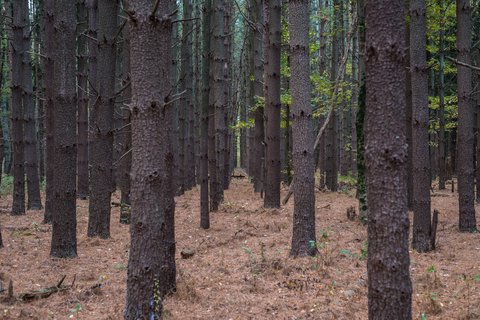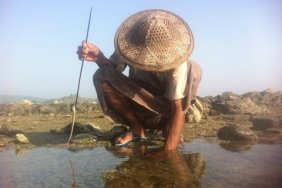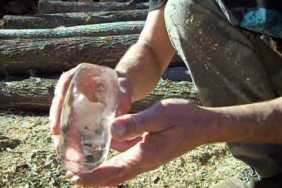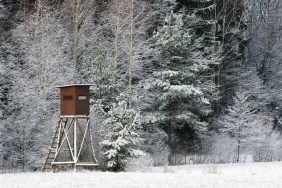Back in the 70’s there was a popular commercial for Grape Nuts Cereal featuring a guy named Euell Gibbons who was one of the earliest “nature nuts.” I still remember watching the commercial when I was a kid and his trademark quote: “Ever eat a pine tree? Some parts are edible.” Turns out he was right!
Of all of the survival shows I’ve seen on TV, I think I’ve only seen one or two depicting trees as a source of food. You see these guys floundering around trying to kill a mouse or a gopher (unsuccessfully), and then they sit down under a pine tree and complain about being starved to death. Although trees won’t give you protein, they do have vitamin C and could help save your life when protein is in short supply.
The inner bark or “phloem” of pine, aspen, maple, willow, and birch trees is very edible and was actually a staple of many Native American tribes. And yes, it is actually quite palatable. Considering that many of these trees exist in areas typically visited (and where people often get lost), it is often overlooked as a source of food.
The good thing about these types of trees is that they are easy to identify. I hear horror stories about folks who get very ill eating plants that they mistakingly think are edible. Unless you know what you’re looking for, it’s better to avoid a lot of the vegetation you may find if you get in a survival situation. Pine trees are almost everywhere and the others are usually found near water throughout the United States.
Of course if you’re in the Amazon jungle, I wouldn’t advise eating just any tree. Some might kill you. Fortunately, most of us won’t end up lost on another continent and there’s a pretty good chance that here in the woods of America you’ll be able to find one of these trees. Harvesting the inner bark is pretty easy too and can be done with a decent knife or hatchet.
There are three layers of bark. The outermost layer should be avoided but the two other layers (which are living) are fine to eat. Typically the layer closest to the wood part of the tree is the sweetest but if you’re starving, you probably won’t care too much. It is always best to find a tree that’s alive or one that has just been cut down.
You can usually peel the outer bark off fairly easily and then all you have to do is slice down to the hard part of the tree and peel the inner layer off. It’s best to find a large tree as the inner bark will be thicker. Some smaller trees have very little inner bark and considering the importance of conserving energy, it may be a waste of time. The inner bark can be eaten raw, roasted or even made into a flour (although it needs to be dried first).
Remember that you will damage the tree by removing the bark so I would suggest only doing so in a survival situation. Fresh pine needles can also be added to boiling water for a nutritious tea which can be made without hurting the tree. The bottom line is that trees are a very viable source of food in the event you’re starving. This simple knowledge could indeed save your life.
For more information visit Survival Tips.
© Allan Johnson | Dreamstime.com – Rows of Pine Trees








